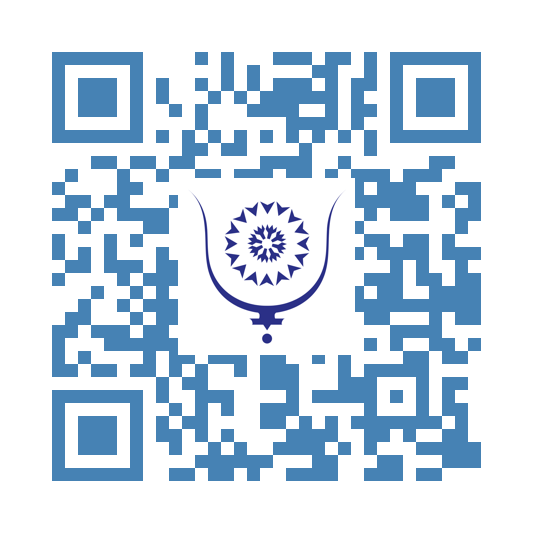The Sighs of Azemmour 1622
As we were heading towards Walidia, just to enjoy its beautiful lagoon, oysters and fish, my daughter, my wife, and I decided to make a short stop in Azemmour. I had promised myself I woud show my daughter the city as soon as I had the chance.
We are here a stone's throw from Casablanca, a handful of kilometers from El-Jadida and not far from Jorf Lasfar, a pride of the industrialization of modern Morocco.
Personally, I am rather fond of this city. Few are so captivating. I cannot explain why.
There, you can be at times a berber in short Jellaba, tchamir and rounded or pointed toe slippers; sometimes a Phoenician clad in white in the style of the Greeks in their time of glory; sometimes wearing the toga of a proud Roman citizen or the blue turban of a rough Berghouata.
You can daydream about the Portuguese singing their triumph at the capture of the city. You hear, the sound of your steps on an aged pavement, evoking that of the Saadian army taking possession of the city walls. The noise and vociferations of the soldiers resound there again and again; but in silence.
At the turn of an alley of the ancient city, you hear the distant and confused voice of Sidi Abderahman El Mejdoub, wailing his pain in front of evil, questioning the world and the universe. At the turn of a street, you are greeted by the whispering voice, barely audible, of Rabbi Abraham Moul Ness and his prayers at the rising of the sun and its setting Sidi Brahim for Muslims. Religions struggle to find boundaries here...
Moreover, it is a sort of miracle that revealed to the two communities that Abraham was indeed a saint. The citizens had just installed a mill right in front of the cave where he spent his time meditating and praying. The animals that powered the mill quickly fell ill and died one after the other. It was then understood that Abraham did not want to be disturbed in his meditation. Since then, he is Rabbi Abraham for the Jews, Sidi Brahim for the Muslims, holy for both.
Farther inside the city, you can see rather silent young people, looking sullen, crestfallen, who face you at the turn of a lane. Some of those who walk by you look haggard, as though they expressed weariness or disgust; perhaps even deep anger and repeated hurt. At the corner of neighbouring street, on a small shapeless square, it is the jerky sound of a loom that catches your ear. One of the last Deraz still in activity weaves silken or woolen scarves. Tourists like them but do not come often... He works, he loves his job and keeps doing it, waiting for better days to come; or at least hoping that the war in the Middle East stops. Deep down, he must wish that his Israeli friends return to reason and quickly drive out their current leaders; neurotics thirsty for blood more than other thing. He is waiting for the Moussem but does not know if the Jewish Moroccans who return annually for the pilgrimage will still be numerous.
The Arts and Crafts House is silent and expectant too. It spends long spells of time waiting that a small group would pass by to finally enliven it for an hour or so. The master craftsmen who stay there seem to contemplate the passage of time. Their eyes are nostalgic for a recent past certainly idealized, and a more distant past loaded with wealth and power, forever gone.
A lady of a certain age, without any discomfort, dressed in battered pajamas, is there in front of her home, sitting on an stool. The blue door of her modest house, is wide open. The lady is a bit too large for her stool. Her gaze is blank. She does not notice our silhouettes and seems not to hear our involuntarily light steps, as if not to disturb the history or stir the anger of abandoned walls, houses with walled doors, those that time has knocked down and those that passively wait for the signal of the tumbling of tired stones that no longer have anything to hold onto.
Behind the heavy doors of ancient buildings - and there are still many thank God - and some houses not yet walled up or fallen into oblivion of time and humans, we can guess the presence of young girls busying themselves with embroidery. Few are those who still have a passion for this ancestral art specific to the city with its bright colours and dragons. What are dragons doing here, if not recall a past so distant that it fades into the background of history. Some say that it is a Portuguese merchant who introduced this art behind the walls of the city.
At the corner of a small square, as there are many in the city, in front of a small and neglected grocery store, stand idle young men. One of them must look like Mustapha Azemmouri, also called Esteban the Moor or Estevanico. He may even carry his genes. Without Estevanico, North America would never have been what it is now. What a destiny. To leave one country and travel so far, and change the course of history on the other side of the Atlantic Ocean.
Walking out through one of the gates of the ancient city, one only has one thought: Azemmour is looking for a present that does not come. It is dying and dying.
Maybe it is already dead.
Some time ago, Karim Boukhari wrote in an article « I have visited Azemmour. A friend, from the city, warned me: Watch out, he said, it is a dead city. »
Go and walk the promenade around the city walls. An esplanade that my friend Zaki Semlali has laid out with the little he had to revive this special relationship that the city has with river Oum Rebi3. Today, plastic is unfortunately more abundant than fish. Gone are the shad and the beautiful, fleshy ambrines. Some sections of the wall and houses collapse and flow towards the oued like tears of agony.
The nostalgic Azemmour peeks at the Atlantic Ocean and watches, helplessly, the waves smashing in the distance.
I pray the Almighty that this piece of our precious history can finally benefit from the attention of our rulers.
My daughter, my wife, and I left the place sad, wounded in the depths of our souls; but the sublime voice of Sanaa Marahati singing some poems written somewhere in the city makes us hope for a better future for Azemmour.
You are leaving Bluwr.
We cannot guarantee what's on the other side of this link:



